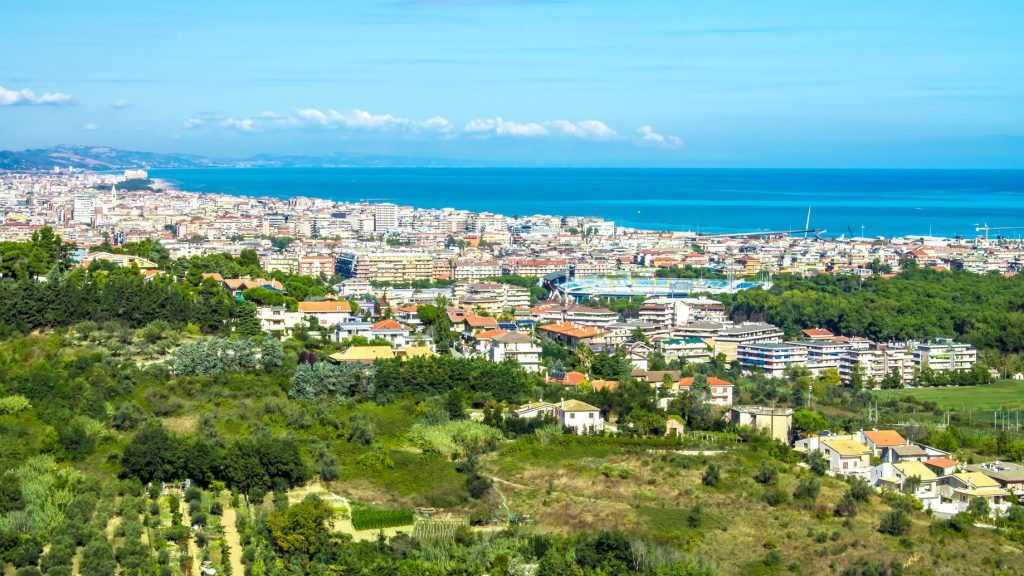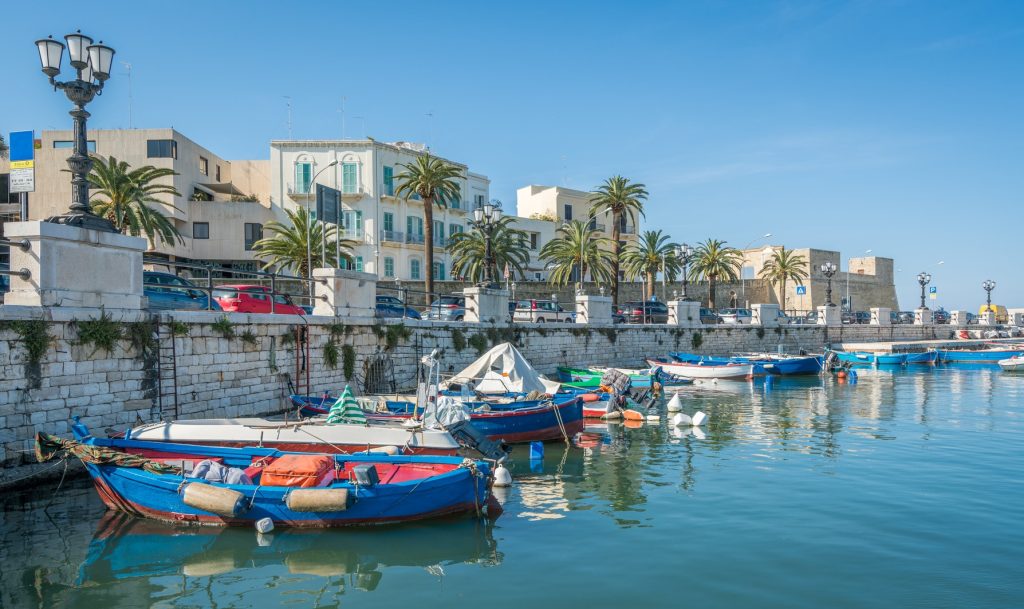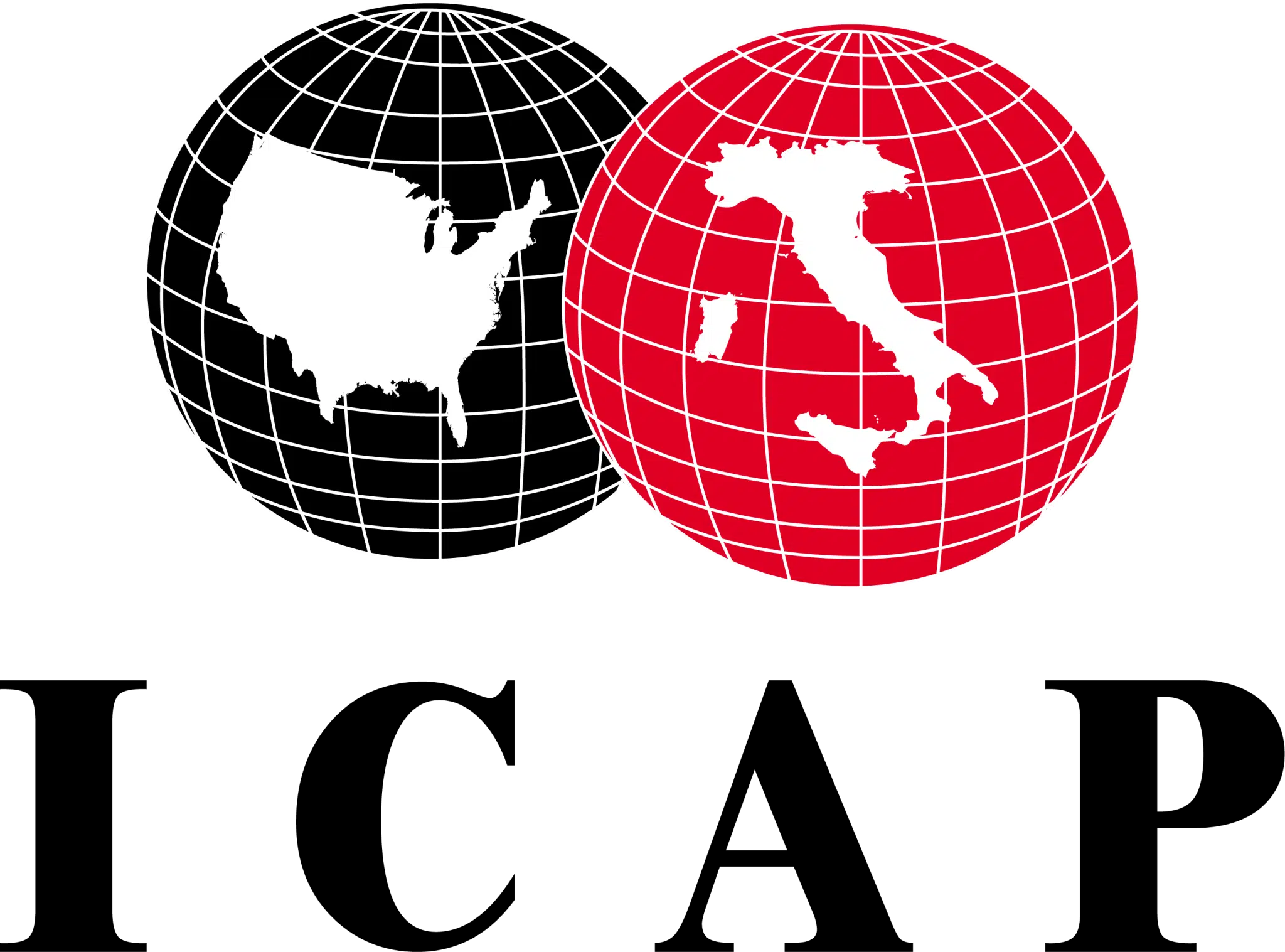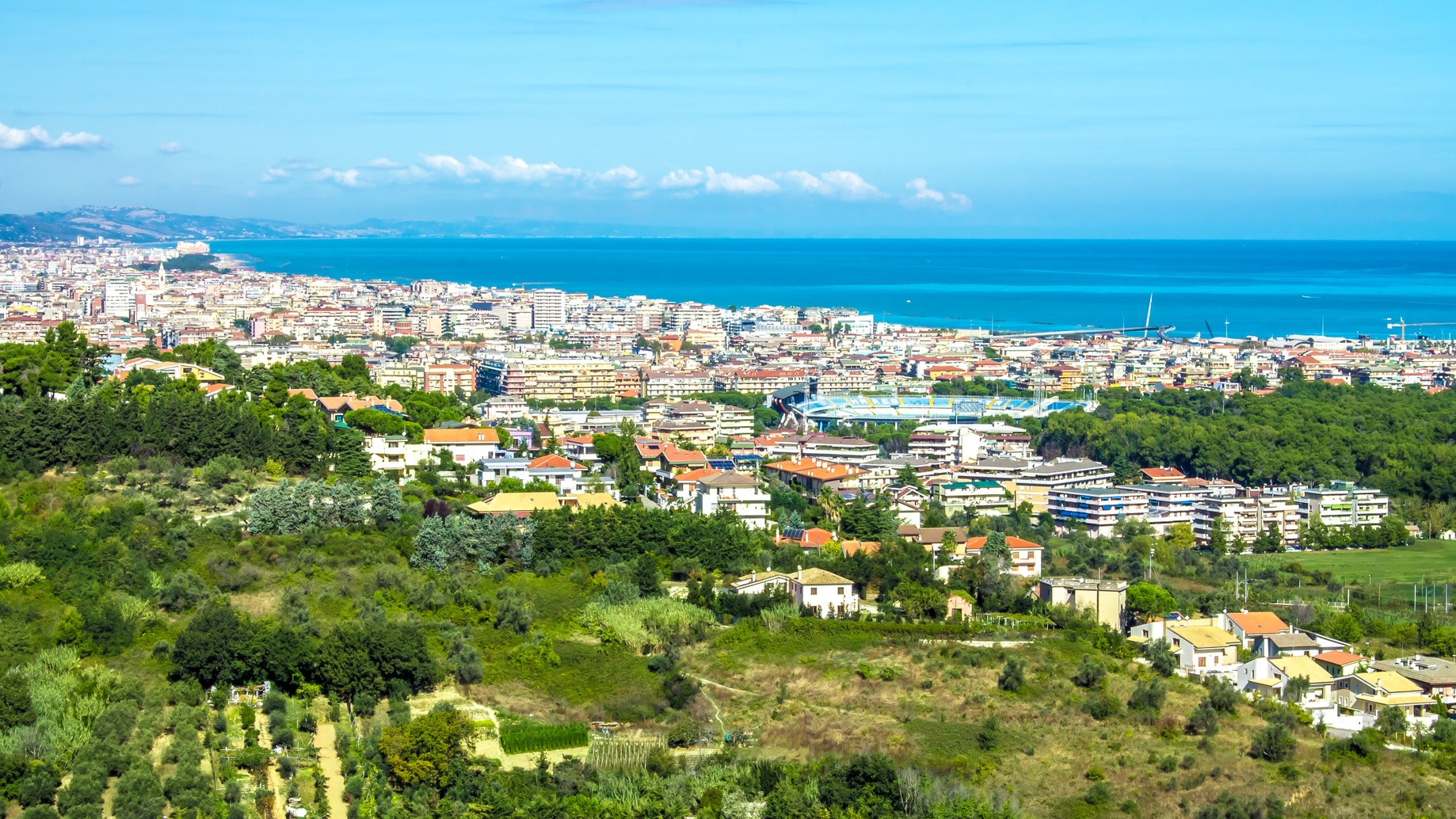When I conduct phone consultations, I always like to ask callers why they are seeking Italian citizenship by descent and one of the most common answers is, “I would love to retire there some day.” With 20 regions (states), Italy offers an array of differing climate patterns from cool in the Alpine to hot and sunny along the southern coasts. Each region is unique, with its own activities, regional customs, food, wine, and even ancient dialects that are still spoken by the natives of the area. Italy’s rich history, reflected in its cultural landmarks and historic regions like Sicily and Tuscany, is a major attraction for retirees. For food and wine lovers, Italy’s renowned wine regions and viniculture offer endless opportunities to explore local vineyards and enjoy high-quality wines alongside the country’s diverse cuisine.
Best Locations for Retirement in Italy
When looking for a place to enjoy your retirement years, a little research on regions beyond the well-known Tuscany or Sicily will go a long way in helping you choose the right place to call home. Below are some regions worth exploring. Many of the Italian ancestors emigrated from these regions so it might be worth checking out your ancestral town or city as a place to return to! Retirees living in these regions often enjoy a relaxed lifestyle, lower cost of living, and access to amenities such as healthcare, transportation, and local markets. Obtaining a retirement visa is an important step for non-citizens planning to retire in Italy. Compared to other European countries, Italy offers regional differences in cost of living, with the south and smaller towns generally being more affordable.
Abruzzo. Geographically, Abruzzo is located in central Italy and southern Italy, stretching from the heart of the Apennines to the Adriatic Sea, and includes beautiful mountainous areas and wild land. In fact, one-third of its territory is made up of national parks and nature preserves. Abruzzo is home to three national parks, which offer abundant outdoor activities and scenic beauty. Buying a home in a medieval rural village could cost you between $38,000 and $100,000, depending on size and location. Larger towns or cities in the region, such as the province city of Pescara on the coast, list homes starting at $115,000. Monthly rentals can range from $500 per month for a studio apartment up to $1030 per month for a large 2-bedroom. A monthly budget of $1500 will cover basic expenses – home, utilities, entertainment, food and wine – in most of this area. The distance from Abruzzo to Rome is about a 3 ½ hour day trip by car, train or bus.

Retire on the coast of Pescara, Italy
Le Marche. The region is located in the Central area of the country, bordered by Emilia-Romagna to the north, Tuscany to the west, Umbria to the southwest, Abruzzo and Lazio to the south and the Adriatic Sea to the east. Hilly areas cover two-thirds of this region. The hills are interrupted by wide gullies with numerous small rivers and alluvial plains, which makes this region ideal for those who love nature. The parallel mountain ranges consist of the Furlo, the Rossa and the Frasassi, which contains deep river gorges. Le Marche is known for its abundance of cultural attractions, such as historic sites and museums, that enhance its appeal for retirees. The region’s small towns offer tradition, community, and a slower pace of life, making them especially attractive for retirees seeking an authentic Italian experience. Renting a home or apartment in Le Marche can run anywhere from $600 in the countryside to $1500 a month to live on the 100 miles of Adriatic coastline. If you are in the market to buy, expect to pay approximately $300,000 for properties on or close to the water, in a town like Potenza Picena or in one of the medieval towns like Ascoli Piceno.
Puglia. Located in southeastern Italy, Puglia is one of Italy’s largest regions at 7,469 square miles. Roughly 50 miles from Greece, it offers seaside towns, mild winters, and a low cost of living as is common in the south. It’s ideal for those who enjoy summers that are long and hot which are ideal for trips to the nearby seashore. The large province city of Bari is well known to most Italian Americans as many of the Italian ancestors who came to the U.S. were born within this province. The region’s small towns are also popular among retirees for their strong sense of tradition and close-knit community.
If you are looking to buy, simple modern one-bedroom homes start at $80,000 and two-bedroom homes start around $130,000. The “Trulli” cottages – buildings with a conical roof found only in Puglia – range from $80,000 and up.

Bari, Italy
When considering where to live, keep in mind that big cities and tourist hotspots like Milan, Rome, Florence, and Venice typically have a higher cost of living, especially for accommodations and dining, compared to the more affordable options found in smaller towns and southern regions. In cities like Rome, the availability of green spaces and parks also contributes to the quality of life for residents.
If you are planning to buy property, be aware that property taxes are an important consideration for foreign buyers.
Sicily is a region rich in history and culture, renowned for its well-preserved archaeological sites such as Agrigento, Segesta, and Siracusa. Siracusa is also famous for its baroque architecture, which adds to the island’s unique charm.
Lake Como, located in northern Italy, is a renowned destination famous for its stunning lakeside scenery, luxurious villas, and charming villages. The region offers an upscale lifestyle and is highly appealing for retirees seeking picturesque surroundings and a vibrant cultural scene. Northern Italy as a whole is known for its diverse destinations, scenic landscapes, and lifestyle advantages.
Italy is well connected to the United States, with direct flights from major US cities to Italian destinations such as Rome, Milan, Venice, and Sicily.
When comparing the cost of living, Italy offers a range of options that can be more affordable than other European countries, especially outside the big cities. For healthcare, some retirees may choose a private policy to supplement public healthcare access, particularly before establishing residency.
Visa Requirements and the Italian Elective Residence Visa in Italy
If you have acquired Italian citizenship by descent (as well as through marriage or naturalization) you do not need to be concerned about a visa! If you want to live in Italy and can afford to do so without a job, you can apply for a “Visto per Residenza Selettiva o Dimora” (an Elective Residency Visa) at the Italian consulate in your home country. For foreigners who wish to stay in Italy for an extended period but do not yet qualify for residency or the elective residence visa, a long stay visa may be an alternative option. Once you receive this visa, you must bring it to Italy to apply for a residence permit (Permesso di Soggiorno), which is required for legal long-term residence. Retirees who are not Italian citizens use this type of visa, especially if they are collecting pension or retirement funds.
In order to qualify for this visa, you must show that the annual income of every adult member of the family is approximately 7,740 euros (around $9,670). You will need to verify the exact amount with the Italian embassy or consulate that has jurisdiction over your place of legal residence in the U.S. before you plan your move. The income can be shown as pension, retirement funds or other means of income in a bank account.
When you have your “Permesso di Soggiorno” and have been living in Italy for five years, you are eligible for the EC Resident Permit for Long-Term Residents. This type of residency permit does not need to be renewed. Individuals who spend more than 183 days in Italy may become tax residents, which means they could be subject to Italian taxation on their worldwide income.
Italian Healthcare System and Private Health Insurance
Italy has a national health plan that all Italian citizens are entitled to use. U.S. and Canadian citizens can apply to join the plan if they are legal residents. The World Health Organization (WHO) ranks Italy as number three for healthcare systems.
While Italy overall is known for having top-notch medical services and hospitals, rural public medical facilities, especially in the south of the country, can be lacking, so it is advisable that you carry some form of private insurance, like many Italians do.
Money Management Italian Style
When you retire in Italy, you won’t just need to keep your eye on the stocks as you do in the U.S., but you will want to follow the fluctuating euro-to-dollar exchange rate. When the dollar is up, you’ll have more spare cash. When it’s down, you’ll need to tighten your budget.
If you opt for rural living, don’t forget the additional expense of a car and car insurance. Auto insurance can run about $570 per year plus paying for “road tax” and gas for your car, which adds up!
Embracing Italian Life
Embracing Italian life is one of the most rewarding aspects of retiring in Italy, allowing you to fully immerse yourself in the country’s rich culture, history, and vibrant daily rhythms. For US citizens, the journey begins with understanding the italian elective residence visa, which is essential for those planning to retire overseas without Italian citizenship. Navigating the visa process can seem daunting, but it’s a crucial first step to enjoying la dolce vita. Once you have your visa, you’ll need to consider how retiring in italy will affect your us tax bill and overall financial planning.
Tax considerations are a key part of the expat experience. As a US citizen, you are required to report worldwide income, even while living abroad. Fortunately, the us italy tax treaty helps prevent double taxation, ensuring you don’t pay taxes on the same income in both countries. Many retirees also benefit from the foreign earned income exclusion, which can reduce your tax bill on certain types of income. It’s important to stay informed about expat taxes, including the need to report foreign bank accounts and foreign assets, to remain compliant with both US and Italian regulations. Consulting a tax professional familiar with the us italy tax treaty and expat taxes can help you maximize your retirement income and avoid surprises.
Learning basic italian is another essential step for retirees. While many Italians in major cities speak some English, knowing basic italian will help you navigate daily life, connect with locals, and truly feel at home. Whether you’re shopping at a local market, visiting historic cities, or exploring charming towns, speaking the language opens doors to deeper cultural experiences and friendships.
Healthcare is another important consideration. While Italy’s public healthcare system is highly regarded, many expat retirees choose to supplement it with private health insurance. Having health insurance valid in Italy ensures you have access to the best care, whether you’re living in bustling city life or a tranquil village. Private health insurance can provide additional peace of mind, especially if you have specific medical needs or prefer private healthcare facilities.
Managing your finances in Italy is straightforward with a local italian bank account. Opening a bank account makes it easier to pay taxes, manage everyday expenses, and even invest in property. Many retirees find that investing in real estate can generate passive income, further enhancing their retirement lifestyle. Italy offers a range of options, from affordable living in smaller towns to luxury properties along the mediterranean coast.
Italy’s diverse regions cater to every preference, whether you’re drawn to the fashion capital of Milan, the historic cities of Florence and Rome, or the rolling hills and relaxed lifestyle of the countryside. The italian government has introduced attractive incentives for foreign retirees, such as a flat tax on foreign-sourced income, making Italy an even more appealing destination for us retirees. With its mild winters, warm summers, and affordable cost of living, Italy offers a unique blend of natural beauty, rich cultural heritage, and vibrant city life.
Ultimately, retiring in italy means embracing a lifestyle filled with rich culture, delicious cuisine, and endless opportunities for adventure. By understanding the visa process, managing your tax bill, securing private health insurance, and learning basic italian, you can ensure a smooth transition and make the most of your retirement overseas. Whether you prefer the energy of major cities or the tranquility of smaller towns, Italy’s warm weather, affordable living, and welcoming communities make it an attractive destination for american retirees seeking to experience the best of European living.
Conclusion
It is definitely possible to live an enjoyable and affordable life in Italy, but you have to do your research before deciding upon a location! Finding the right location for your budget is a must for your successful retirement. For more information and guidance, check out sites such as What Does Retirement Cost Abroad and Homes and Villas Abroad, Property in Italy.

